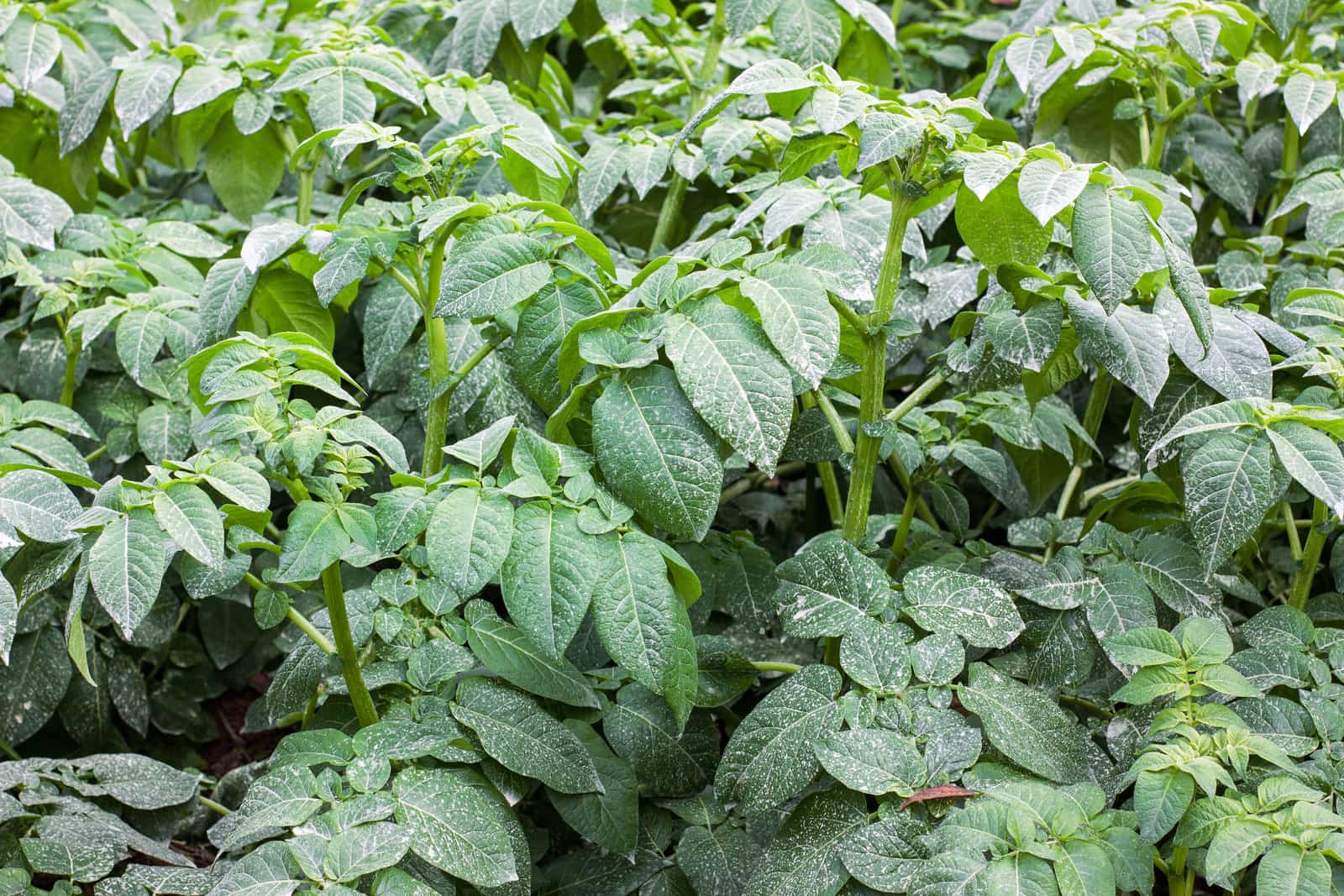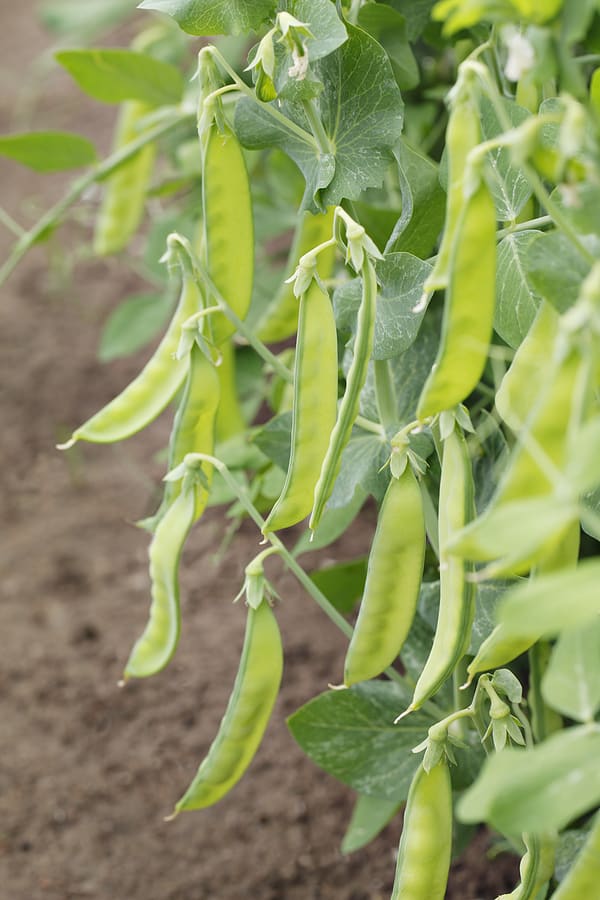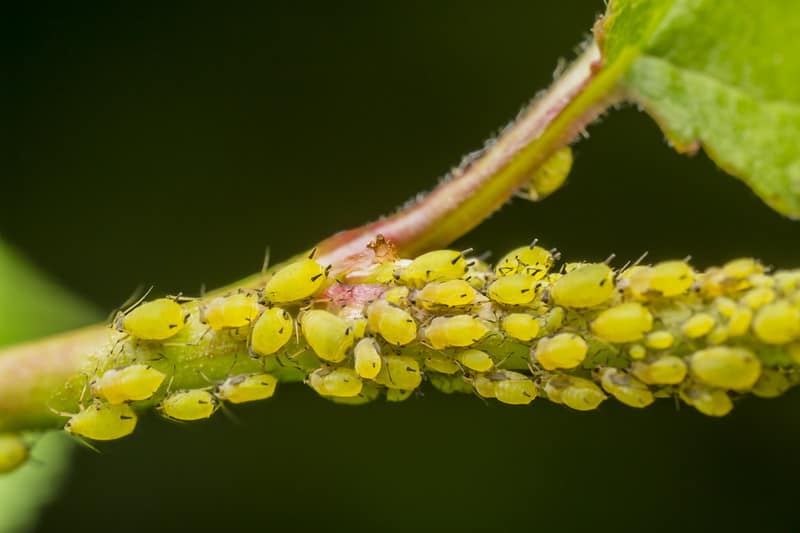Pests and Diseases
Latest stories
More stories
-
Pea Growing Problems: Troubleshooting
Fresh-picked home-grown green peas are worth the effort. The flavor of fresh-picked peas will far outdistance the flavor of store-bought peas because the flavor of peas dulls quickly after picking as sugar changes to starch. Peas grow best in cool weather, but peas are not limited to spring planting. Late summer and fall planting can […] More
-
Common Vegetable Garden Insect Pests
Vegetable garden insect pests are susceptible to many controls. Limit insect damage by identifying pests quickly and recognizing the damage they inflict. Regular visits to the garden will help you spot pests before they become established. Then choose the most effective control given the infestation. The quickest controls for light infestations are listed below under […] More




